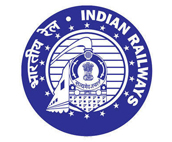The ISO 55001:2014 Asset Management System introduces the involvement of assets, and value realized from them, it is the basis for any organisation delivering what it aims to do. Whether the organization is involved on the public or private sector, and whether the assets are physical, financial, human or ‘intangible’, it is good asset management that maximises value-for-money and satisfaction of stakeholder’s expectations.
The aim of the standards management system certification is to build and inspire confidence from the public sectors, customers, stakeholders and interested parties. This will instill and promote confidence within the organization and to continuously fulfill the specified requirements.
The ISO 55001 standard series consist of three parts:
- ISO 55001 is an overview of the subject of asset management and it provides its principles and terminologies
- ISO 55001 describes the requirements specification for an integrated and effective management system for asset management, but does not address the design of the system
- ISO 55002 provides guidance for the implementation of such system
ISO 55001 Certification - Benefits
- Alignment of processes, resources and functional contributions (instead of departmental silos and competing, short-term priorities).
- Creating a transparent audit trail for what is done, when and why.
- Better understanding and usage of data and information to provide informed and consistent decisions.
- Alignment and coordination of existing initiatives, including competency development.
- Greater engagement of the workforce, including leadership, communications and cross-disciplinary teamwork.
- Improved planning (especially capital expenditure).









